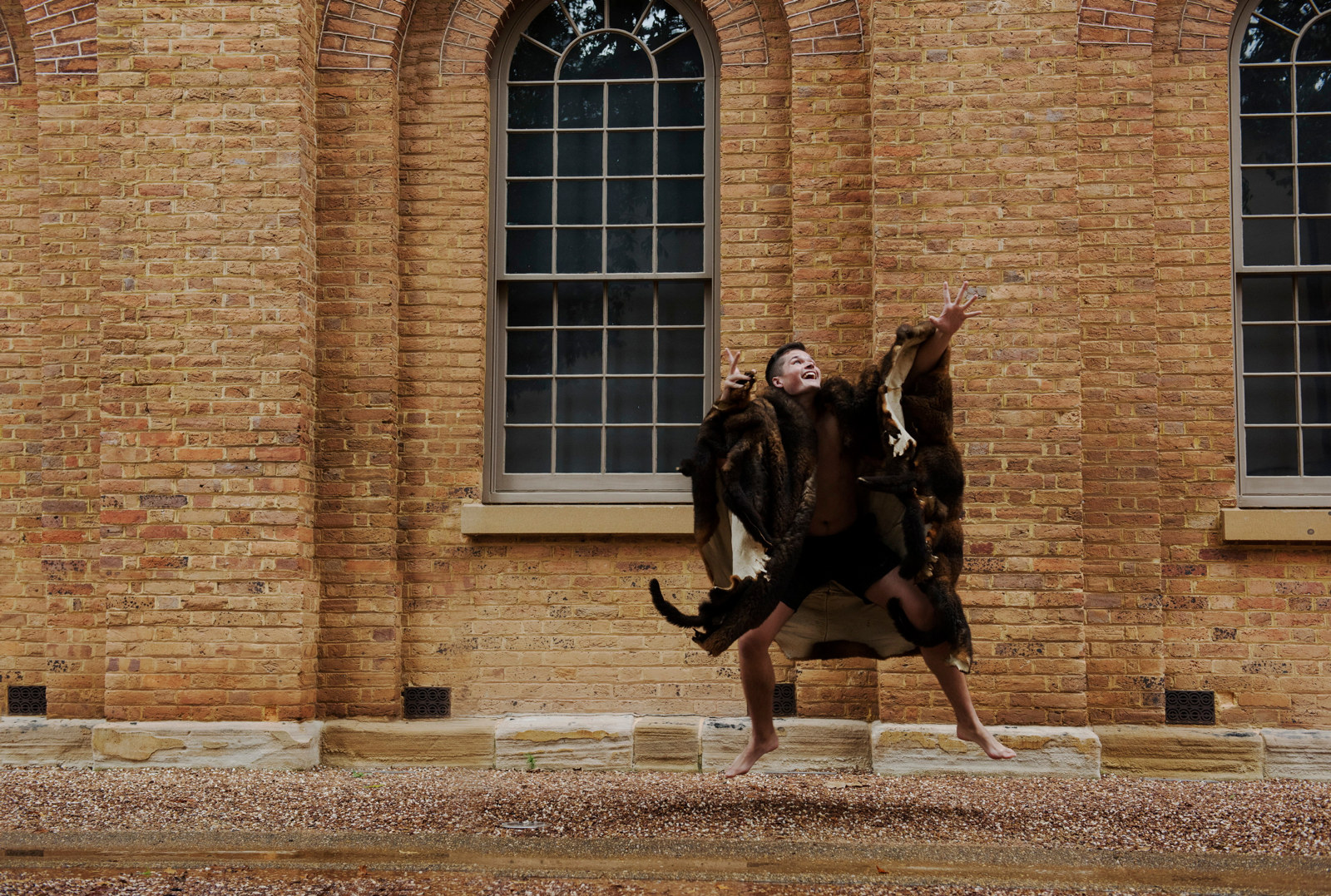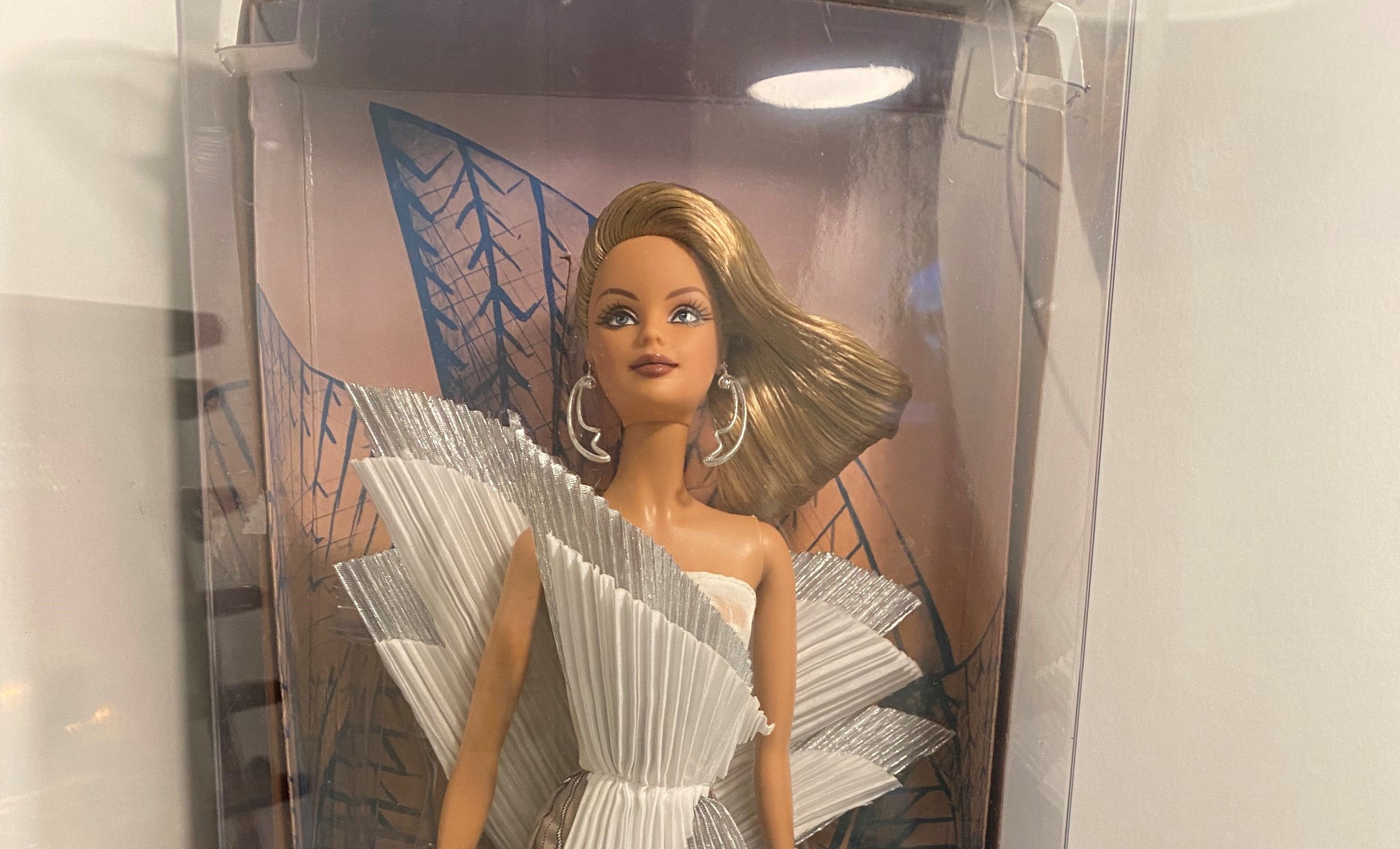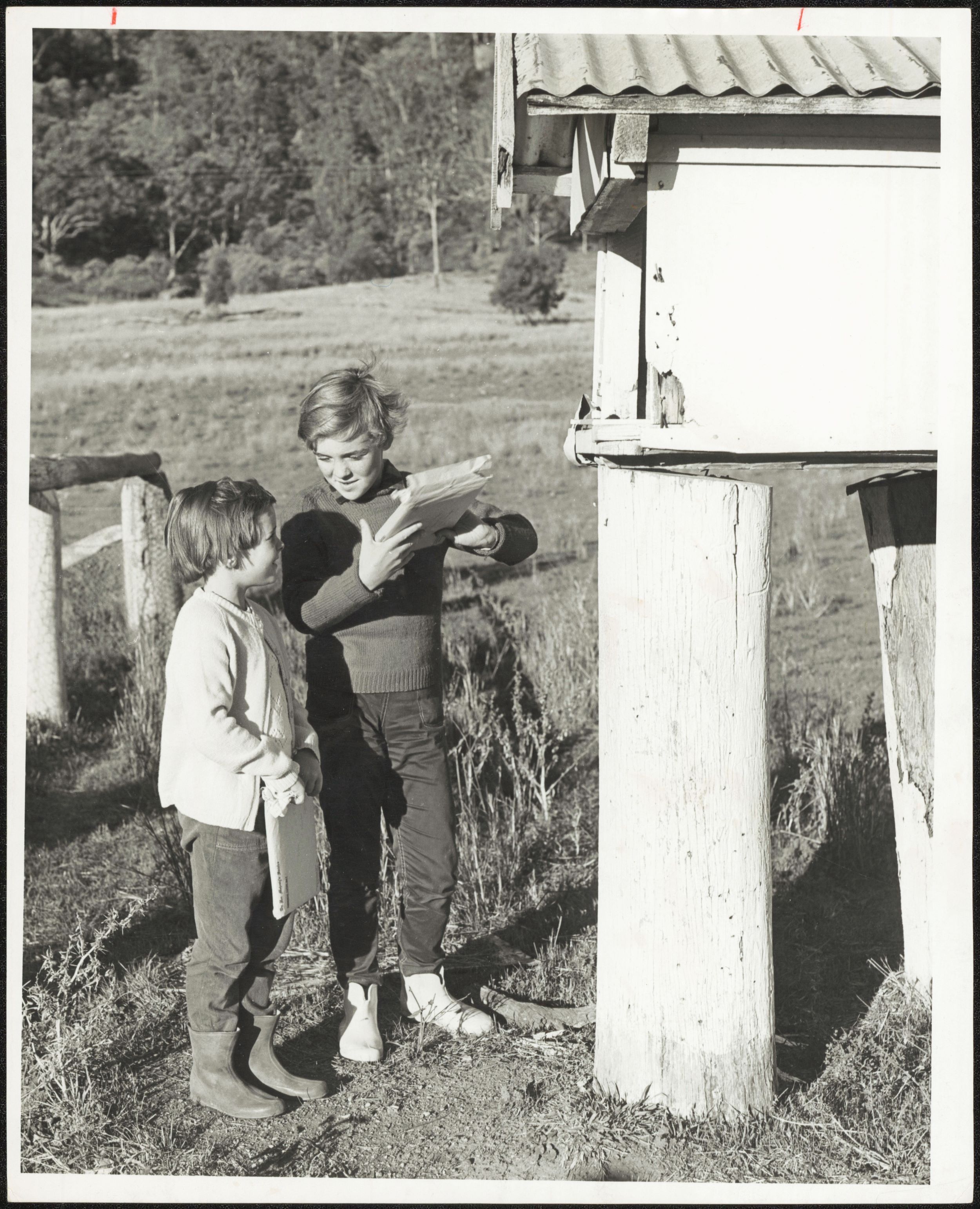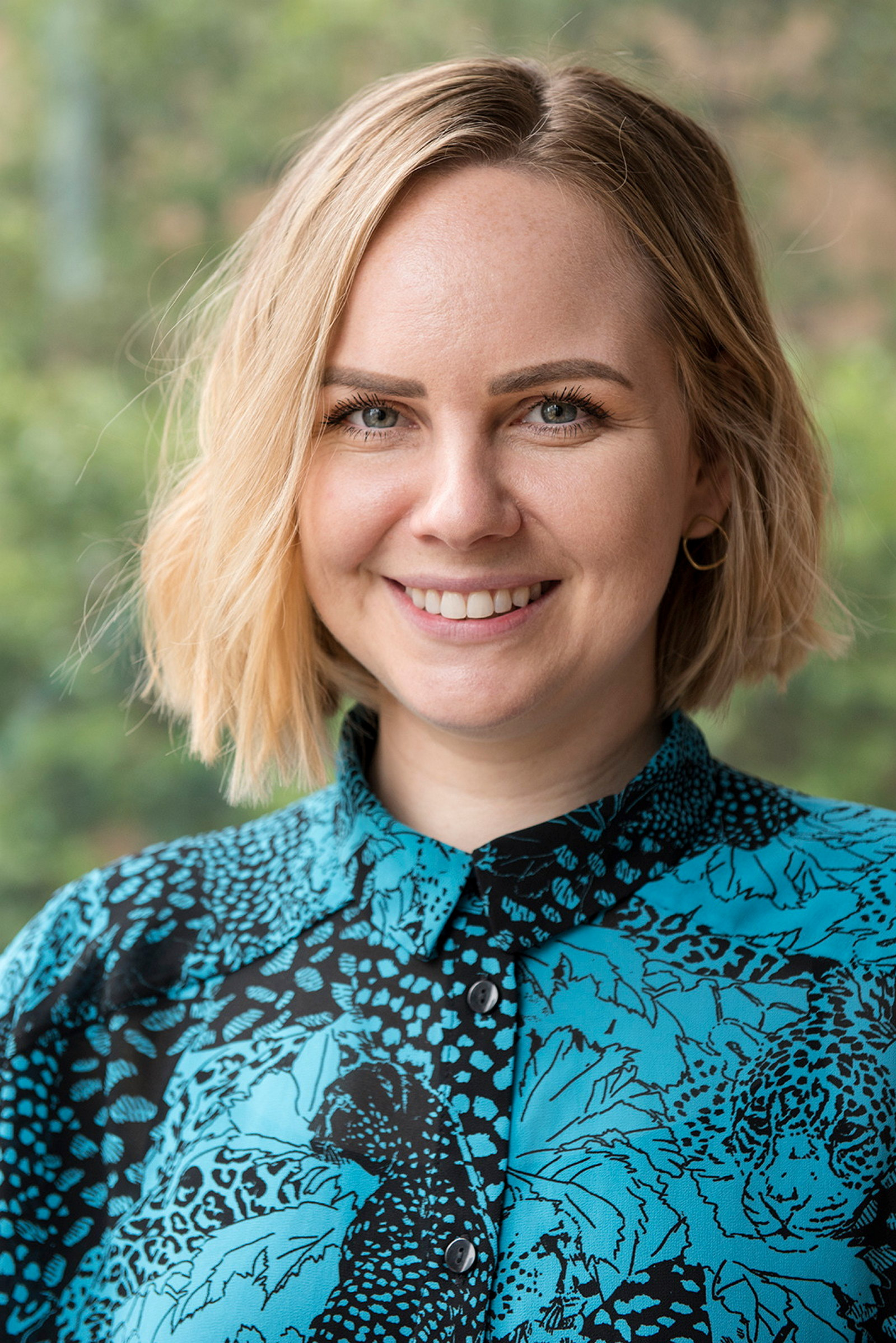Nancy Bird Walton, pilot
Nancy Bird Walton AO
Nancy Bird Walton was born a bird without wings, but she found her own when she was just 13 years old.
At a fair in 1928, Nancy took her first flight with a commercial pilot in a de Havilland Gipsy Moth. Back on the ground, her thoughts were filled with flying and she began saving her pocket money for flying lessons. At the time, women were expected to raise families not planes, but Nancy didn’t care. By the time she was 17, she had convinced aviation legend Charles Kingsford Smith to teach her how to fly.
Nancy knew that Charles wasn’t convinced that she could control an aircraft by herself but she convinced him that she was determined to succeed. They started lessons and Charles was soon impressed with her progress. Nancy secured a class A pilot’s licence when she was just 17, and was the youngest Australian woman to earn a licence to fly commercially, at the age of 19. Her first plane was the same one that had started her adventure: the Gipsy Moth. A year after she bought the plane, she was back on the fairgrounds but this time she was the commercial pilot. Nancy toured Australia piloting joy flights for people who had never flown before, let alone in a plane flown by a woman.
Nancy saw that her abilities could also be used to help her community. In 1935, Nancy and the Gipsy Moth were hired to operate an air ambulance service in outback NSW. Working for the Royal Far West Children’s Health Scheme, Nancy flew young patients between their remote homes and hospitals for treatment. Great skill was needed to navigate these trips, as only basic technology was available. Rabbit holes that the plane wheels could get stuck in and barely legible road maps made flying difficult, but Nancy prevailed. She used telegraph lines and fences to navigate her journeys. This adventurous and quick thinking has an incredible impact on remote communities – the service that she provided saved many lives.
Nancy continued to serve her community during the war, as commandant of an Australian Women’s Air Training Corps. Throughout her life, Nancy was an aviation trailblazer, opening up exciting careers for women and inspiring new generations of female pilots. In 1950 she founded the Australian Women Pilots’ Association, and served as its president for 40 years, only giving up her pilot’s licence at the impressive age of 90. In recognition of her many achievements, a terminal at Bourke Airport in outback NSW is named after her, as will be the Western Sydney Airport, due to open in 2026.
Past exhibition

Past exhibition
On the move
An interactive transport world created in collaboration with illustrator James Gulliver Hancock
Published on
Related

Cutter and Coota: a children’s play by Bruce Pascoe
Meet author and historian Bruce Pascoe and the main characters from his play Cutter and Coota as they reflect on the play’s themes and the experience of performing at the Hyde Park Barracks

An icon wearing an icon: Sydney Opera House Barbie
Stepping away from her signature pink, Barbie honours the Sydney Opera House with more subtle tones in her gown, that reflect the Opera House and its Harbourside location

NSW Correspondence School
These photos show the NSW State Correspondence School, Blackfriars. It began in early 1916 for children living in remote and country areas

